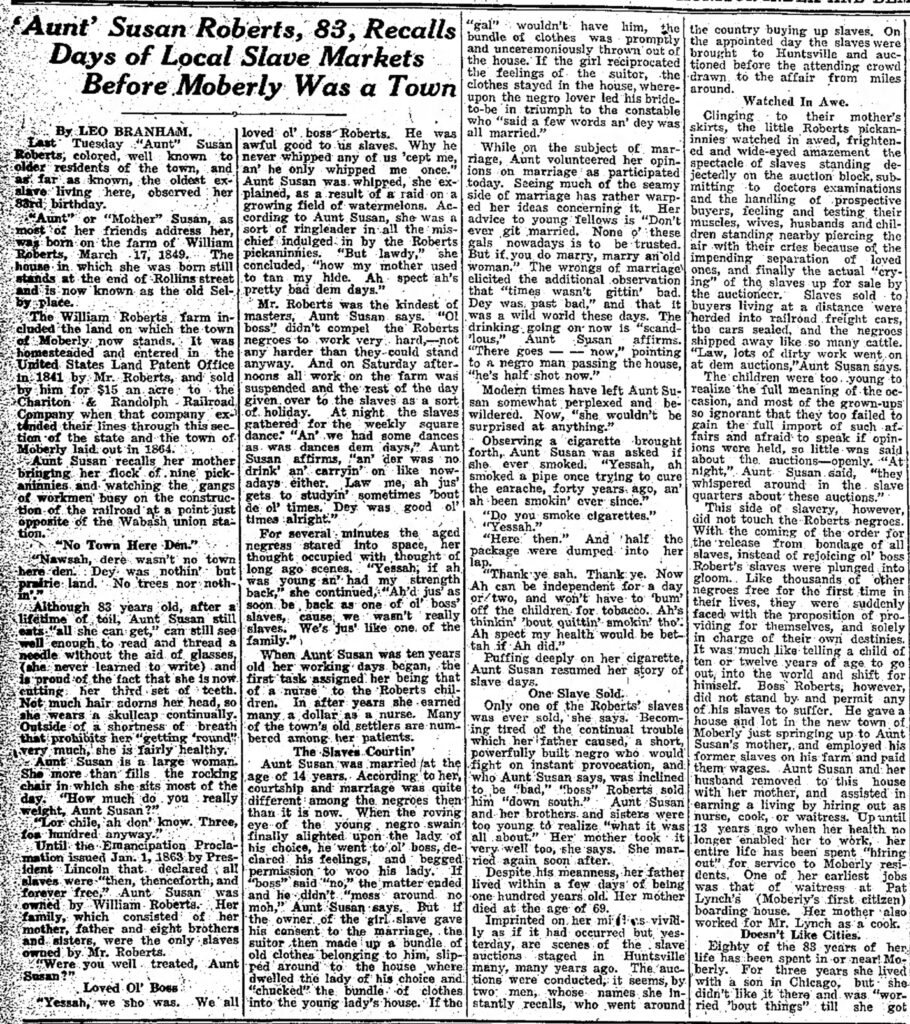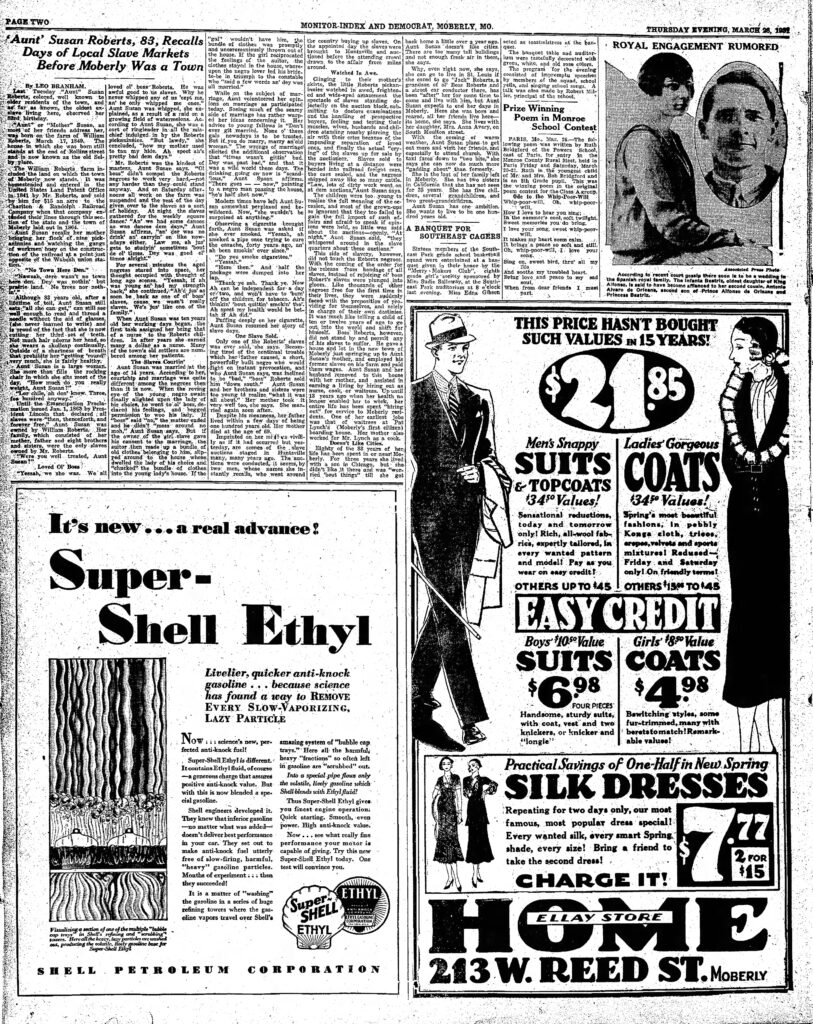The Aborigines of North America
Randolph Slaves "aka" Prisoners of War!
The narrative of the Missouri Compromise is a familiar tale to historians of the nineteenth century. The discussions around Missouri’s statehood began in Congress on December 18, 1818. Concerned about the potential expansion of slavery into new western territories, Congressman James Tallmadge of New York introduced a proposal to phase out slavery gradually in Missouri. Under this plan, any black individuals born in Missouri after achieving statehood would be granted freedom, and the existing enslaved population would experience a gradual emancipation over time.
Building on this proposal, Senator Jesse B. Thomas of Illinois suggested an additional amendment. This amendment aimed to prohibit slavery north and west of Missouri in other territories acquired through the Louisiana Purchase. It served as a precursor to the final legislation that Congress would ultimately pass.
Understanding 1850-1860 Prisoners of War Census Records
Before 1850, individuals classified as slaves (we will call them what they really were, “Prisoners of War or POW”) were documented on the general population schedule. However, the 1850 census marked a shift, providing separate enumerations for POWs. These schedules offer minimum insights, including only Overseer names, the number of prisoners owned, and details about the imprisoned individuals.
Key Points of the 1850 Census:
- Names of Overseers
- Number of prisoners owned by each Overseer
- Age, color, and sex of the imprisoned individuals
- Information on whether they were fugitives or manumitted
- Identification of individuals as deaf, dumb, blind, insane, or idiotic
- Note: POW names were not listed in 1850 census, posing challenges for tracing ancestors.
Evolution in the 1860 Slave Schedule:
- Introduction of a column indicating the number of prisoner quarters on the property
- Enumerators instructed to include names of prisoners aged 100 years or older
- Approximately half of those over 100 have recorded names
Navigating Challenges in the 1860 Census Records:
- Census Bureau’s attempt to alphabetically order records within a county by township
- Challenges arise in counties where enumerators didn’t start each township on new pages
- Pages rearranged in PDFs to align with the original order created by enumerators, not Census Bureau’s arrangement
Accessing Slave Schedules by County:
- Availability varies by county for both 1850 and 1860
- For specific inquiries or assistance, contact archives@randolphcountyhistoricalblacksociety.org
Explore these unique glimpses into the past, unraveling the complexities of pre-1860 census records. Gain a deeper understanding of the lives and circumstances of individuals documented in these historical documents.
Together, Let's Connect Our Bloodlines and Rediscover Our True Identity!
Your dedication can help us piece together the puzzle of our past. Join us in this empowering mission to honor our Ancestors and forge lasting connections within our community.


